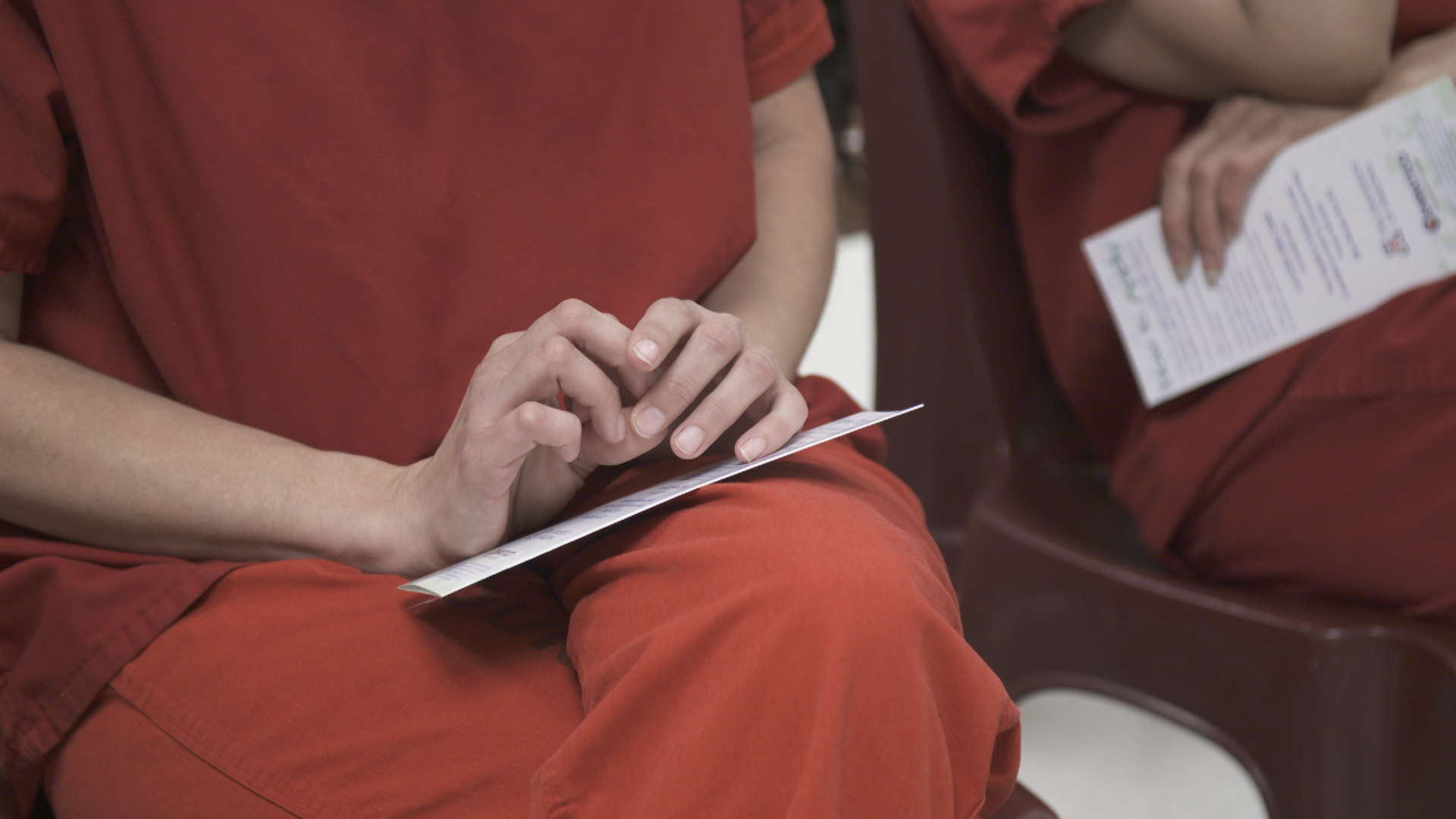Pima County to connect people in the criminal justice system to needed services
Pima County to connect people in the criminal justice system to ... AZPM


County Program Supports Individuals Facing Legal Process for Non-Violent Misdemeanors

The county is implementing a program aimed at assisting individuals charged with non-violent misdemeanors in identifying potential barriers they may encounter during the legal process and connecting them to existing services. This initiative aligns with the Sustainable Development Goals (SDGs) by addressing the goal of promoting peace, justice, and strong institutions.
Filling the Gap in the Justice System
According to Justice Services Director Kate Vesely, this program is designed to fill a gap in the current system. She emphasizes that repeatedly arresting individuals who have already been arrested multiple times is unlikely to bring about behavioral change, which is crucial for ensuring community safety. By addressing the underlying issues and providing necessary support, this program aims to break the cycle of repeated offenses.
Collaboration and Expansion
The county is collaborating with the City of Tucson and other community partners to implement this program effectively. Partial services were introduced in June, and the program is expected to be fully operational by early August with the opening of a permanent facility. This collaborative effort demonstrates a commitment to achieving SDG 17, which emphasizes the importance of partnerships for the successful implementation of sustainable development initiatives.
Funding and Impact
The program is funded by a $1 million federal grant and has the capacity to assist up to 150 individuals per month. By rapidly assessing the needs of these individuals, the program aims to provide tailored assistance in areas such as housing, transportation, treatment providers, and crisis services. This approach aligns with SDG 1 (No Poverty), SDG 3 (Good Health and Well-Being), and SDG 11 (Sustainable Cities and Communities) by addressing key social determinants of health and promoting inclusive and sustainable development.
SDGs, Targets, and Indicators
1. Which SDGs are addressed or connected to the issues highlighted in the article?
- SDG 16: Peace, Justice, and Strong Institutions
- SDG 11: Sustainable Cities and Communities
The article discusses a program implemented by the county to help individuals charged with non-violent misdemeanors navigate the legal process and connect them to existing services. This aligns with SDG 16, which aims to promote peaceful and inclusive societies for sustainable development, provide access to justice for all, and build effective, accountable, and inclusive institutions at all levels. Additionally, the collaboration between the county, the City of Tucson, and other community partners highlights the connection to SDG 11, which focuses on making cities and human settlements inclusive, safe, resilient, and sustainable.
2. What specific targets under those SDGs can be identified based on the article’s content?
- Target 16.3: Promote the rule of law at the national and international levels and ensure equal access to justice for all.
- Target 11.3: Enhance inclusive and sustainable urbanization and capacity for participatory, integrated, and sustainable human settlement planning and management in all countries.
The program described in the article contributes to achieving Target 16.3 by helping individuals facing legal charges access justice and navigate the legal process. It also supports Target 11.3 by promoting inclusive urbanization and collaboration between different stakeholders to address community needs.
3. Are there any indicators mentioned or implied in the article that can be used to measure progress towards the identified targets?
Yes, there are indicators mentioned in the article that can be used to measure progress towards the identified targets. These include:
- Number of individuals assisted per month: This indicator can measure the program’s effectiveness in providing equal access to justice and support services.
- Reduction in repeat arrests: Tracking the number of times individuals have been arrested before and after receiving assistance can indicate whether the program is effectively addressing the underlying behavior and reducing recidivism.
- Timely provision of assistance: Monitoring the speed at which individuals receive the assistance they need can reflect the program’s efficiency in promoting inclusive urbanization and meeting community needs.
4. Table: SDGs, Targets, and Indicators
| SDGs | Targets | Indicators |
|---|---|---|
| SDG 16: Peace, Justice, and Strong Institutions | Target 16.3: Promote the rule of law at the national and international levels and ensure equal access to justice for all. | – Number of individuals assisted per month – Reduction in repeat arrests – Timely provision of assistance |
| SDG 11: Sustainable Cities and Communities | Target 11.3: Enhance inclusive and sustainable urbanization and capacity for participatory, integrated, and sustainable human settlement planning and management in all countries. | – Number of individuals assisted per month – Timely provision of assistance |
Behold! This splendid article springs forth from the wellspring of knowledge, shaped by a wondrous proprietary AI technology that delved into a vast ocean of data, illuminating the path towards the Sustainable Development Goals. Remember that all rights are reserved by SDG Investors LLC, empowering us to champion progress together.
Source: news.azpm.org

Join us, as fellow seekers of change, on a transformative journey at https://sdgtalks.ai/welcome, where you can become a member and actively contribute to shaping a brighter future.







